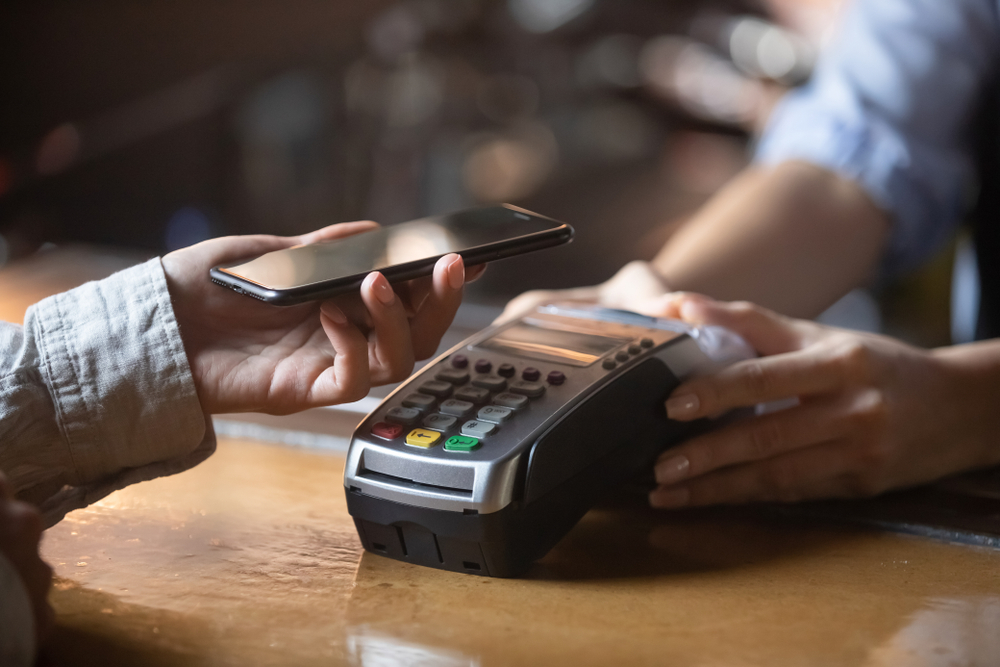Digital transactions in India have witnessed a massive shift in the past 18 months. The steady confluence of various factors such as the pandemic, greater technological adoption, and India’s push for stronger digital initiatives has led to a big boost for digital transactions in recent times. Consequently, the tools and solutions to facilitate e-payments have also increased significantly: Today, Indian consumers have a plethora of e-wallets, Unstructured Supplementary Service Data (USSD) services, United Payments Interface (UPI) systems, and other such avenues made available to them for e-payments.
The digital payments space has also been infused with fresh blood after witnessing technological innovations, the foray of new fintech players, and forward-looking regulatory changes. Based on insights from PWC and techwireasia, let’s delve deeper into the key dynamics that are sparking India’s cashless revolution.
Cashless on consumer minds
The recent statistics from YouGov were examined by MoneyTransfers.com to assess which countries are most in favour of a cashless society and it was discovered that India is the most in favour, with 79 percent of Indians saying that turning cashless will be beneficial to their country.
The United Arab Emirates (63%), Malaysia (65%), and Indonesia (63%) are among the other countries where more than 60% of inhabitants would welcome their countries’ move to only electronic payments. Surprisingly, only 24% of Americans believe that going completely cashless will be beneficial to their country. According to PWC, big techs have been attracted to the digital payments space because they see it as a USD 3.6 trillion opportunity. Not only are digital payments complementary to Big Techs’ current businesses (in terms of easing payments and collections), but they also ensure higher customer stickiness.
[box type=”success” align=”” class=”” width=””]Payments on UPI reached an all-time high of 1.34 billion in volume in June 2020, according to data from the National Payments Corporation of India (NPCI), with transactions totalling almost Rs 2.62 lakh crore. During the lockdown in April and May, MobiKwik, an online UPI programme, gained about six million new users. A major driving force behind India’s digital payments landscape is the increased smartphone penetration that has enabled the country to create a robust net-banking and mobile banking service framework for customers.[/box]
World leader in digital payments?
According to the findings of ACI’s worldwide research, “Prime Time for Real-Time,” real-time payments in India will expand at a rate of 23.4 percent per year for the next five years as the country strives to become the world leader in overall real-time payments volumes. At the same time, transaction volume is expected to increase from 15.3 billion today to 52.8 billion in the future.
Presently, consumers are looking to adopt convenient digital payment alternatives such as UPI, prepaid cards, NCMC mobility cards, BharatQR code, FASTag, and more, thanks to a combination of centrally driven initiatives and emerging payment instruments such as UPI, prepaid cards, NCMC mobility cards, BharatQR code, FASTag, and more. The pieces of the puzzle are finally falling in place and we are witnessing the emergence of a robust digital payments ecosystem that has been spurred by the times that we live in.
PWC has stated that big tech companies are likely to expand their footprint in the Indian payments ecosystem and create new business streams for the industry. As key sources of revenue evolve with new offers for Big Tech’s customer base, these are projected to replace fee-based models of the past. To develop better payment solutions, most Big Techs are leveraging their existing customer base and behavioural data gathered over time. These trends clearly delineate that there are opportunities rife for India to become a world leader in digital payments and go cashless in the near future.
India has already seen a strong push in the digital payments space even prior to the pandemic. Today, with the foray of big techs and the country already well underway in its digital payments journey, the framework to become a leader in digital payments is only getting further consolidated.



